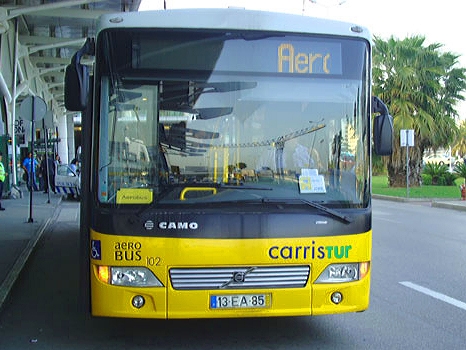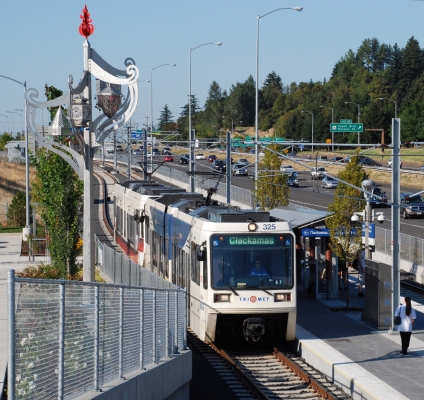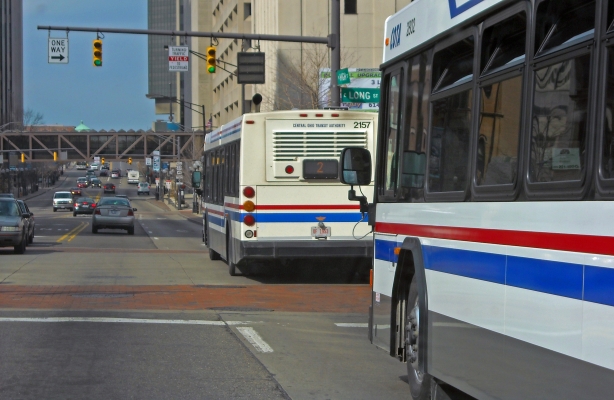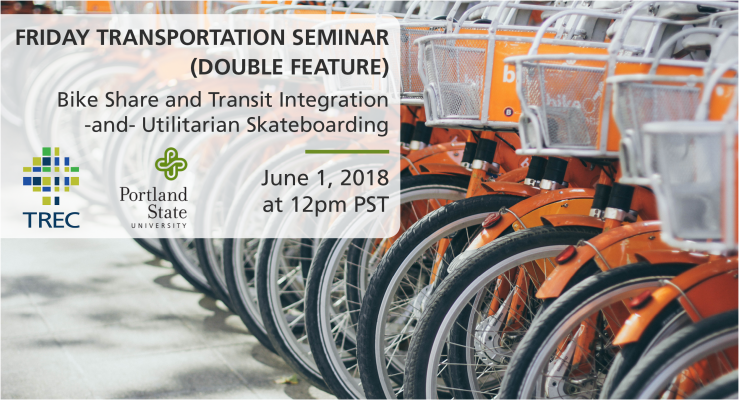Watch video
View slides
Summary: In an era of reduced government funding, transit operators struggle to reduce operating costs and increase revenues. Energy costs account for an important share of the total costs of urban and suburban bus operators. Using a case study of one operator in Lisbon, Portugal, this talk will expand upon the empirical research on bus transit operation costs and identify the key factors that influence the energy efficiency of the overall bus fleet. Our results of a multivariate analysis find the following dimensions influence transit energy efficiency: vehicle type, commercial speed, road grades and bus routes; and to a lesser extent elements related with engine failures and malfunctions. In addition to these findings, the methodology is a decision-support tool for the bus operator in optimizing energy efficiency. The transferrability of these results and analytical tools to other contexts will also be discussed.




